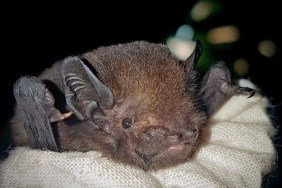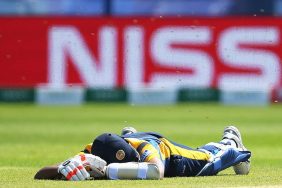Photo: Man Ray (USA/France, 1890–1976). Rayograph, ca. 1922, gelatin silver photograph, 23.9 × 29.9 cm, The Museum of Modern Art, New York (110.1941).
Imagine what—and how—a cameraless photograph can see. To remove the camera from the process is to transform the nature of the photograph itself. No longer does it require a lens as the means to transform the world from three dimensions into two. Instead, it takes us back to the very invention of photography itself.
Also: Like a Moth to the Flame, We’re Drawn to the Art of Mike & Doug Starn
William Henry Fox Talbot (1800–1877) was a British scientist who invented the salted paper and calotype processes, a precursor to the photographic processes that became standard use. His early “salted paper” or “photogenic” drawing process allowed him to create photograms by placing objects directly on light-sensitive paper he had prepared, then exposing it to light, resulting in a negative shadow image of varying tonality and transparency, depending on the objects he used.

Len Lye (New Zealand/England/USA, 1901–1980). Georgia O’Keeffe, 1947, gelatin silver photograph, 42.9 × 35.9 cm, Len Lye Foundation Collection, Govett-Brewster Art Gallery / Len Lye Centre, New Plymouth
Man Ray picked up this technique in the twentieth century to create rayographs,” which heightened the aesthetic affects through unusual juxtapositions, exposure time, and moving objects during exposure. Throughout the course of the twentieth century, many other artists followed suit including Imogen Cunningham and Pablo Picasso.


Christian Marclay (USA, born 1955). Large Cassette Grid No. 6, 2009, cyanotype, 97.8 × 99.0 cm. University of South Florida Contemporary Art Museum, Tampa
Featuring 160 works, the book presents a beautiful history of a very different type of photography, showcasing a wide array of approaches using just paper and a source of radiation. From photogenic drawings, calotypes, daguerreotypes, and tintypes, to gelatin silver, chromogenic and ink-jet photographic prints. photocopies, verifax, and thermal prints, Emanations reveals the ways in which technology has progressed, albeit in a very different direction.
Featuring work by William Henry Fox Talbot, Anna Atkins, Man Ray, László Moholy-Nagy, Walead Beshty, Marco Breuer, Liz Deschenes, Joan Fontcuberta, Christian Marclay, Thomas Ruff, and Hiroshi Sugimoto, among others, Emanations is a marvel to behold, offering photographs as innovative, original, and compelling as anything we have ever known. By virtue of the distinctive process, we can consider the world anew: what we see does not necessarily maintain a 1:1 correlation our immediate perception of the visible world.

E. E. Fournier d’Albe (Ireland, 1868–1933). Shadowgraph of Ectoplasm from the Irish Goligher Circle, June 13, 1921, gelatin silver photograph. Cambridge University Library.
Rather, Emanations reminds us there is another path from which we can gain perspective on the medium of photography, the act of seeing, and the forms of bearing witness.
All photos: Courtesy of DelMonico Books/Prestel.
Miss Rosen is a New York-based writer, curator, and brand strategist. There is nothing she adores so much as photography and books. A small part of her wishes she had a proper library, like in the game of Clue. Then she could blaze and write soliloquies to her in and out of print loves.








